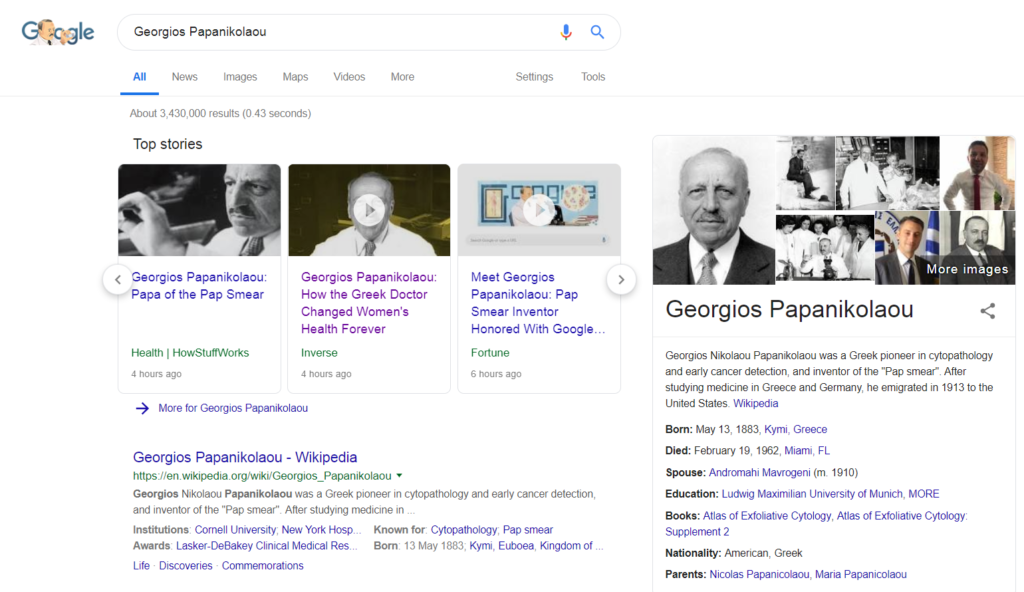I haven’t been posting as much as I want to lately – I’ve been fiddling with some WordPress issues and a lot of work from my day job.
Here’s some minor thoughts that don’t deserve a post by themselves:
Routing
{
"code":"rest_no_route",
"message":"No route was found matching the URL and request method",
"data": {"status":404}
}I wrote a custom WP plugin which accepts requests from an App Engine application and returns some custom data. Unfortunately, my app on GAE was returning the above error whenever it tried to make a HTTP request to the WordPress app.
Long story short, the register_rest_route() on my plugin only declared a GET endpoint, and my GAE application was trying to use POST. Make sure you’re using the same HTTP type if you get this error.
WPEngine Firewalls
By default, WPEngine has a firewall that blocks GAE-originated requests from hitting WP plugins – fortunately, if you need GAE to WPEngine-hosted WP communications, you can email WPEngine through their contact form to remove the firewall on a per-blog basis.











